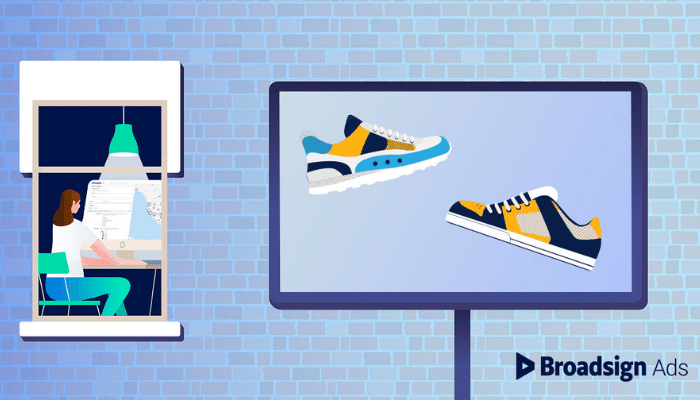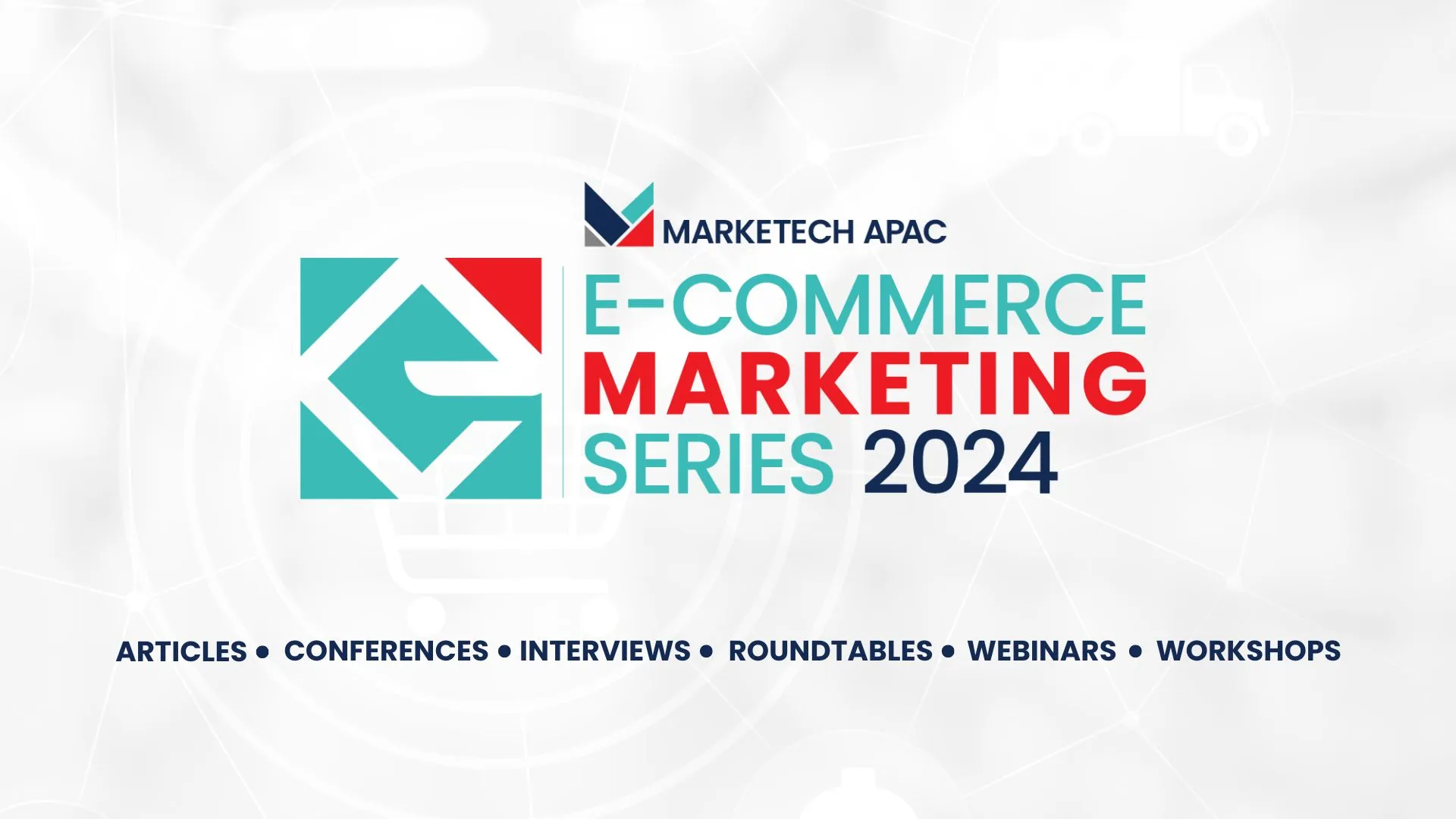Canada – While digital out-of-home (DOOH) has taken centre stage in recent years, static OOH continues to be in high demand. Currently, static OOH accounts for around 70% of the current OOH market inventory. This is according to the latest report from Broadsign, putting focus on critical insights into the current and future problems and possibilities in the OOH sector.
Even though static OOH has been successful in the digital age, most participants expressed that procedures for OOH are excessively complicated and hinder productivity. Only 17% of respondents said their teams ran well, and almost 50% said there was a serious need to improve workflow.
Additionally, 53% of respondents cited operational inefficiencies as a barrier to competition. According to participant input, improving OOH’s share of advertising revenue in the upcoming years will depend heavily on the modernization of static technologies and procedures.
Emerging technologies are opening up new prospects in the static OOH sector. These include automation tools, data, and analytics solutions. Interviewees for the report expressed a rising focus on data and analytics, along with real-time technology insights regarding inventory availability. 87% of respondents said their organisations would benefit significantly from adding greater automation to their processes.
When asked which trends or technologies they believed would have the biggest impact on the expansion of the industry going forward, 59% of respondents named data-driven targeting, and 47% named data measurement and attribution.
The report’s participants prioritised sustainability, with many expressing their aim to implement more sustainable business practices in order to achieve carbon neutrality in the future. Approximately 64% of the participants had already pledged to decrease their carbon footprint, and 17% indicated that they intended to introduce sustainable practices.
In terms of ongoing initiatives, 56% of participants were using energy-efficient LEDs for signage, 33% were using recycled materials, and 48% were recycling or donating vinyl after the campaign.
More than 125 OOH professionals from 60 different companies throughout the world contributed to the report’s compilation. With screen counts ranging from a few hundred to thousands, organisations running hybrid static/digital networks accounted for almost two-thirds of the participants.
Speaking about the report, Catherine Lee, Broadsign product marketing specialist, said, “Static is going to continue playing an essential role in the OOH market for the foreseeable future, but as more screens go digital, adapting with the times will be vital. To this end, there is more work to be done to automate the tools and processes used across the industry and reduce static OOH’s carbon footprint.”
She added, “Our report findings not only reinforce these challenges, but point toward an optimistic future for the industry should it work together to evolve and overcome them. We’re excited to reveal our findings to the community and hope they’ll inspire conversions that drive change.”

















